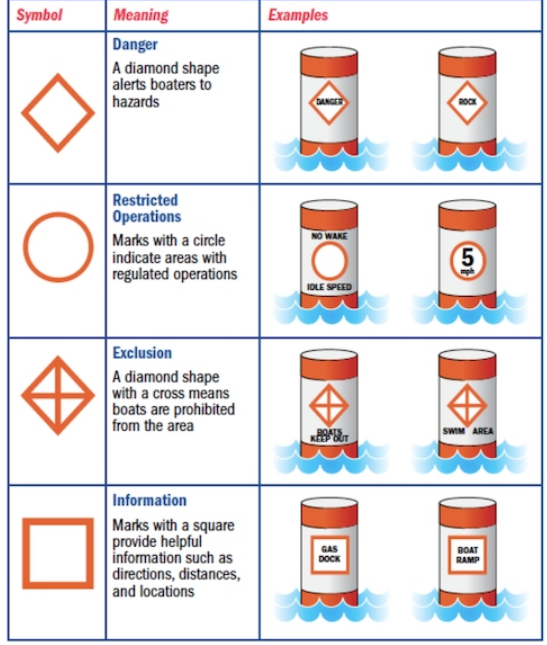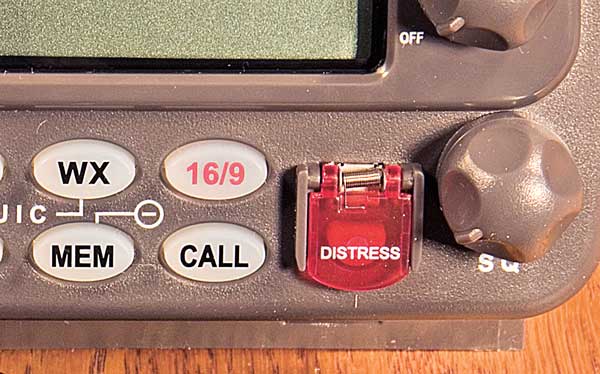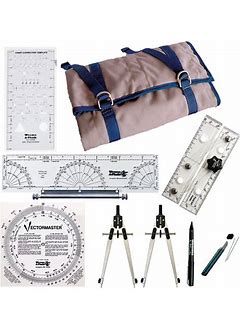1-800-832-7191
Regulatory or Informational Markers

Regulatory or Informational Markers are there for a reason. White and orange buoys and markers are often used in maritime navigation to indicate specific regulatory zones. They’ll provide important information to mariners. They are a specific message for a specific area. These types of buoys are usually designed for particular functions. Functions such as marking danger areas, marking the limits of certain areas, or indicating specific conditions. Here’s a breakdown of what each of these markers may represent:
-
White and Orange Regulatory Buoys:
- Regulatory or Informational Markers typically mark regulatory zones that require compliance with specific rules or regulations. Typically, they’ll mean; no anchoring or fishing zones. Maybe regions where speed limits or other maritime rules apply.
- They may also mark restricted areas, such as military zones, restricted passages, or no-entry zones for vessels.
-
Design and Identification:
- The orange color stands out clearly. Hence makes the buoy visible and easy to identify against the backdrop of water or shorelines.
- The white color helps to reflect sunlight, further improving visibility.
- The design can also include specific symbols or letters that describe the regulation in place. For instance, certain letters or numbers on a buoy may be linked to specific restrictions that vessels must adhere to.
-
Examples of Usage:
- Regulatory or Informational Markers for Speed Limits: Buoys with white and orange coloring may be used to mark areas where vessels are required to adhere to specific speed limits.
- No-Wake Zones: These are areas where vessels must reduce speed to avoid creating waves that could potentially damage nearby structures, erode shorelines, or disturb other boaters.
- Fishing or Wildlife Protection Zones: They can indicate zones where fishing or other activities are restricted to protect marine ecosystems or wildlife.
-
Specific Patterns and Symbols:
- Some regulatory buoys are marked with diagonal stripes or solid colors to make them distinctive.
- Certain regulatory markers might also include lights or sound signals to indicate a warning or to attract attention, particularly in low visibility conditions like fog.
Visit Government Regulations for a PDF which includes Regulatory or Informational Markers. Overall, white and orange regulatory buoys are critical for ensuring the safe and regulated movement of vessels in specific water areas. They help mariners follow the rules and maintain safety for both vessels and the environment. More information can be found at our page “The Helm”




